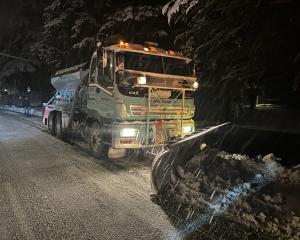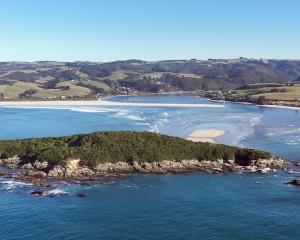
Land Information New Zealand is introducing its new Topo50 map series on September 23.
It will have the same 1:50,000 scale as the old NZMS260 maps but different latitudes, longitudes and grid co-ordinates (known as northings and eastings).
Dunedin police search and rescue head Senior Sergeant Brian Benn said it would be important for those seeking assistance from search and rescue to make it clear which map they were using - the old or the new.
He did not, however, expect the changeover would create any major problems.
"We're well prepared . . . I don't see that it's going to be too much of an issue," he said.
"There may be a lot of people who will still operate off the old map for many years to come. We would obviously prefer that they switched over to the new ones; they're more up to date. But if people are still working off the old maps we can work with that."
Despite the increasing availability of GPS devices, Snr Sgt Benn believed there were still benefits in people carrying the detailed Land Information paper maps.
"Even if you are inexperienced, if you have a map at least you have got a reasonable chance of seeing the bigger picture and working out, quite quickly, that you are going in the wrong direction."
Snr Sgt Benn noted there had been three search and rescue operations in the Silver Peaks area within the past two months and that one group of three students, using a map in a Department of Conservation brochure, got lost three times.
"Invariably, the people we are looking for are operating off a road map or a brochure . . . and when they get to a decision point, they're making the wrong choice because they are only seeing what they can see on the ground.
They are missing out on the big picture and getting themselves into a bit of bother."
In the new series, New Zealand is divided into 452 maps available on A1, water-resistant sheets or on the Land Information website as tiff files.
Land Information's national geodesist, Graeme Blick, said the data for the old maps was developed more than 50 years ago and their accuracy had "degraded significantly" due to the Earth's "deformation".
"The co-ordinates used to pinpoint features have changed, and shifted by about 200m. The change is not visible to the naked eye, but will make a big difference when describing a position outdoors."
The new maps took three years and cost $3 million to develop.
Mr Blick considered people should replace their old maps when they were able to, although "having a map is better than no map at all".
Because of the way the new maps are printed, they will be cheaper than the old version and can also be downloaded free from the internet.
Half a million have been printed but will not be available until the September 23 launch.












